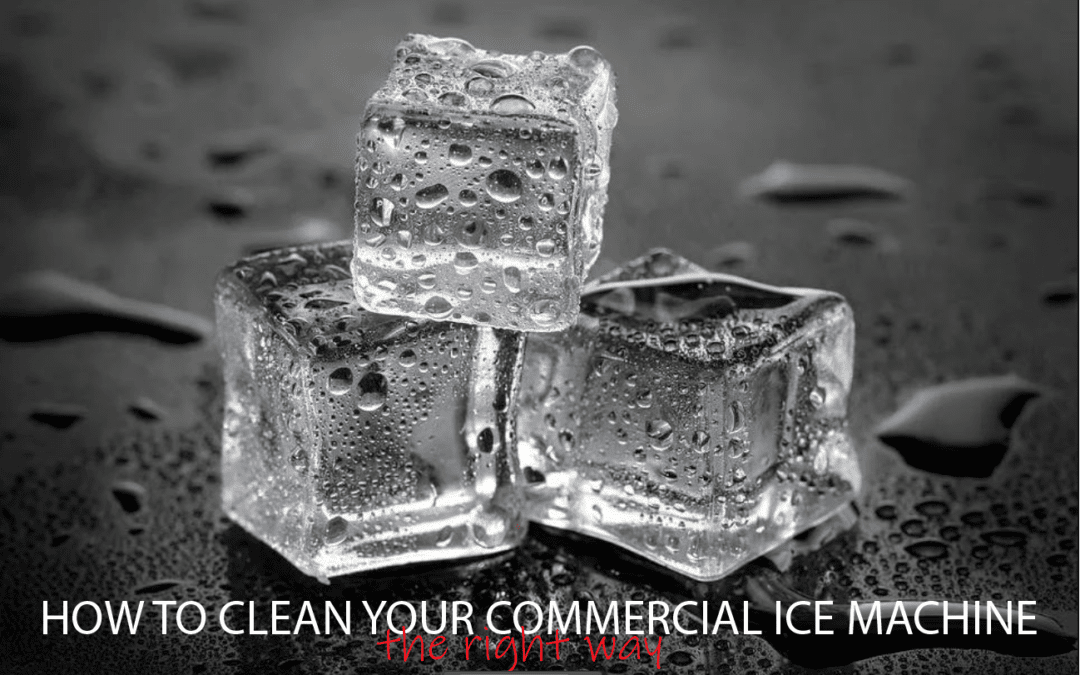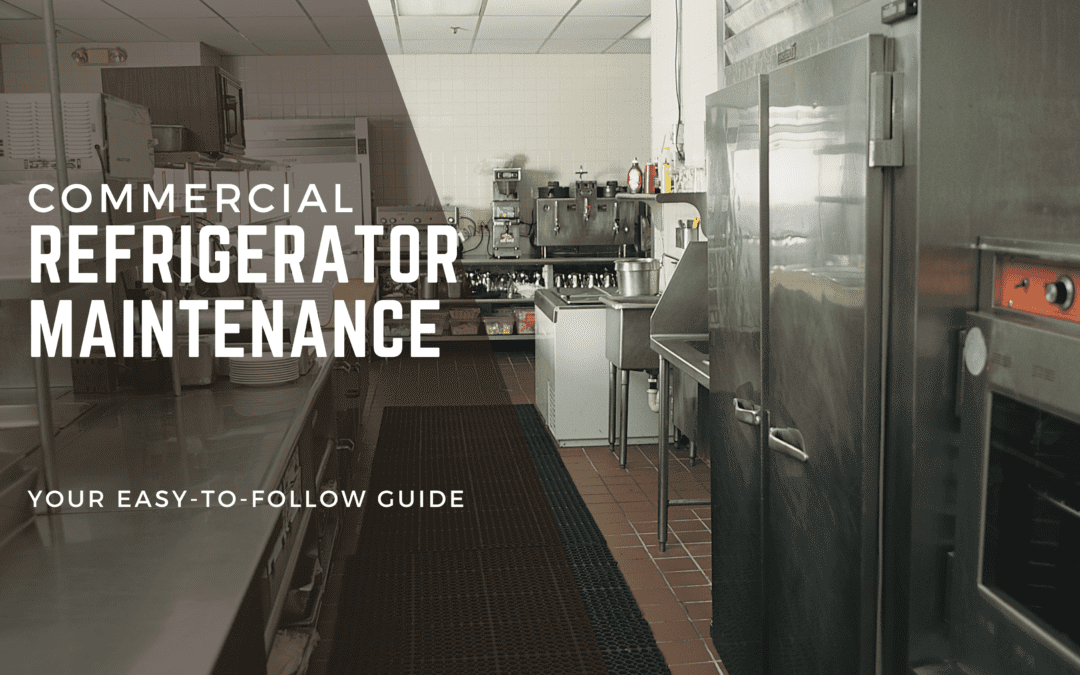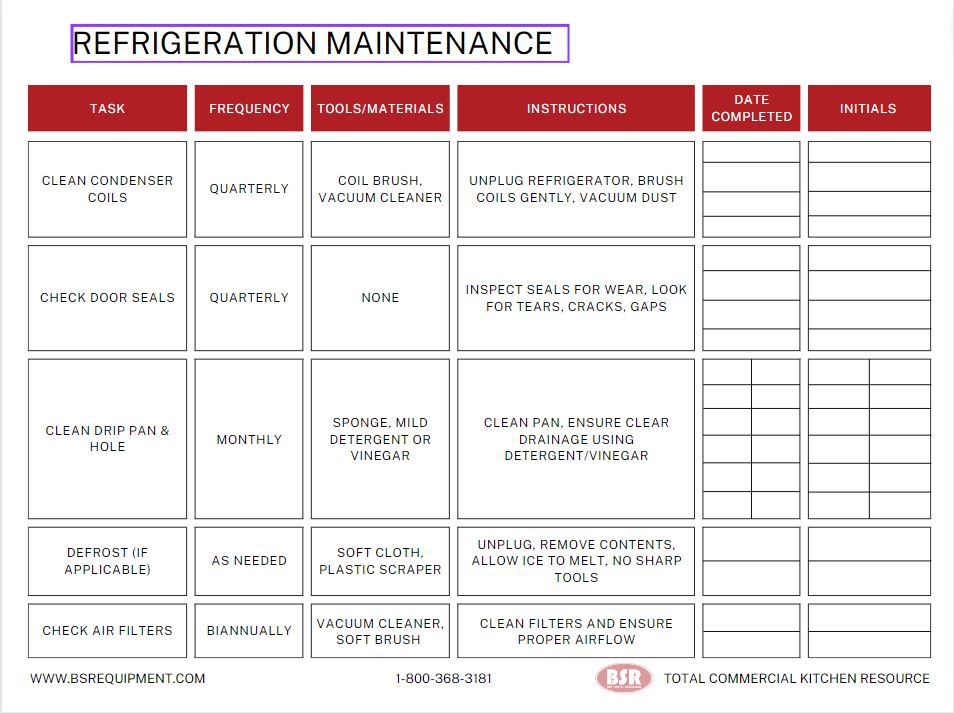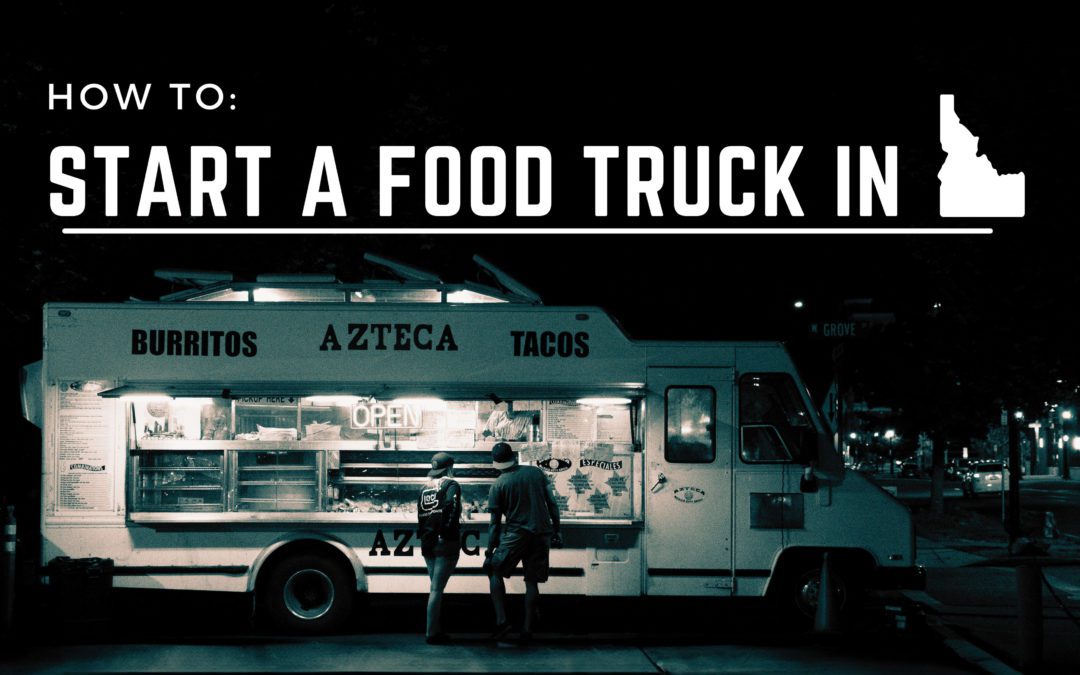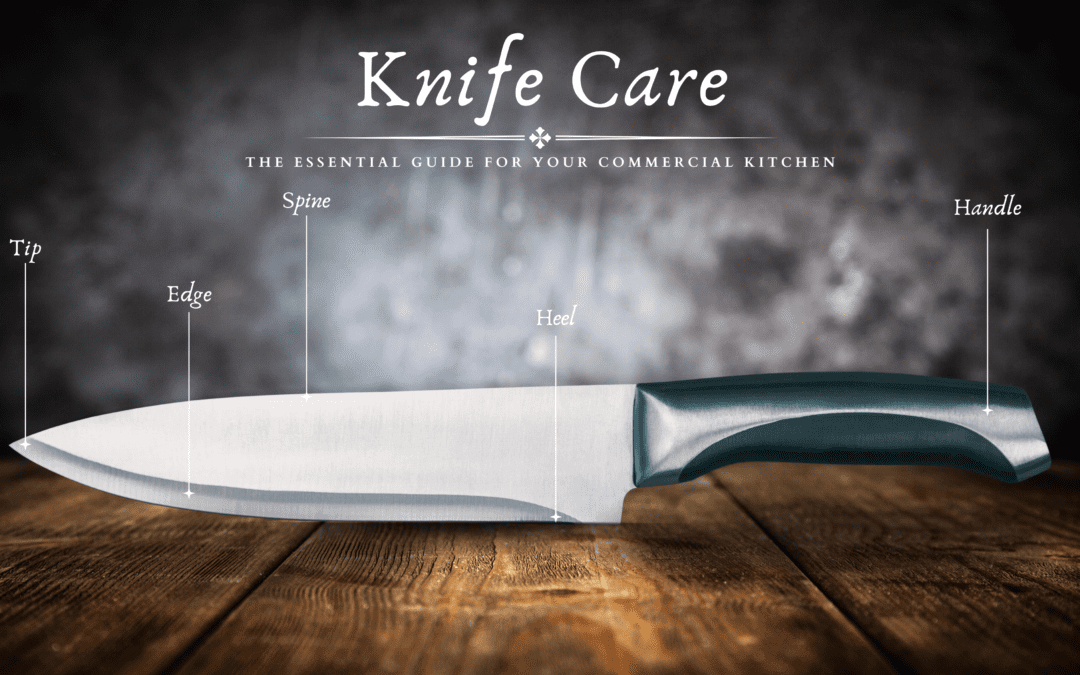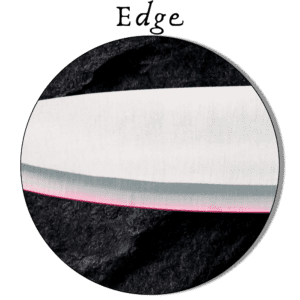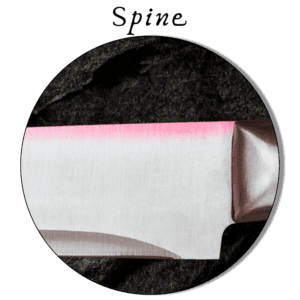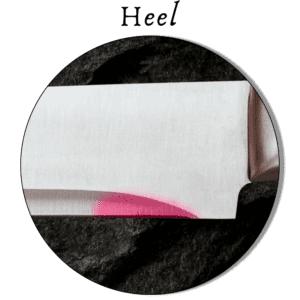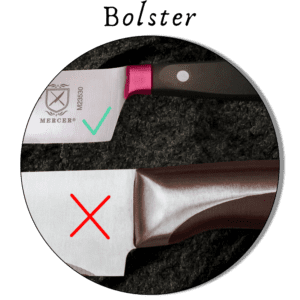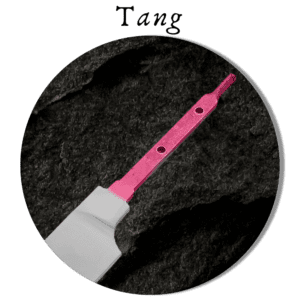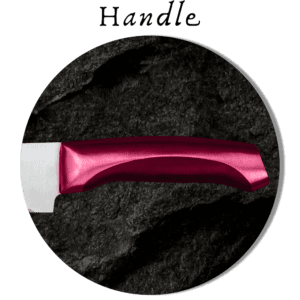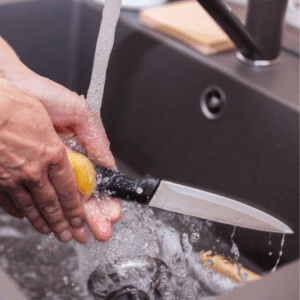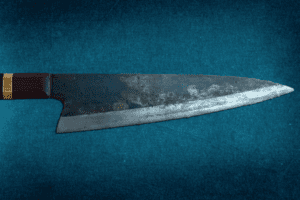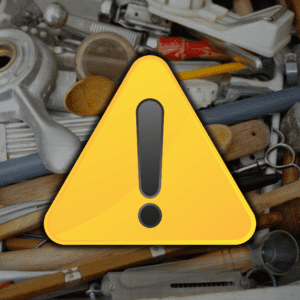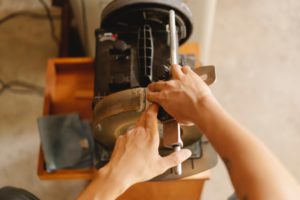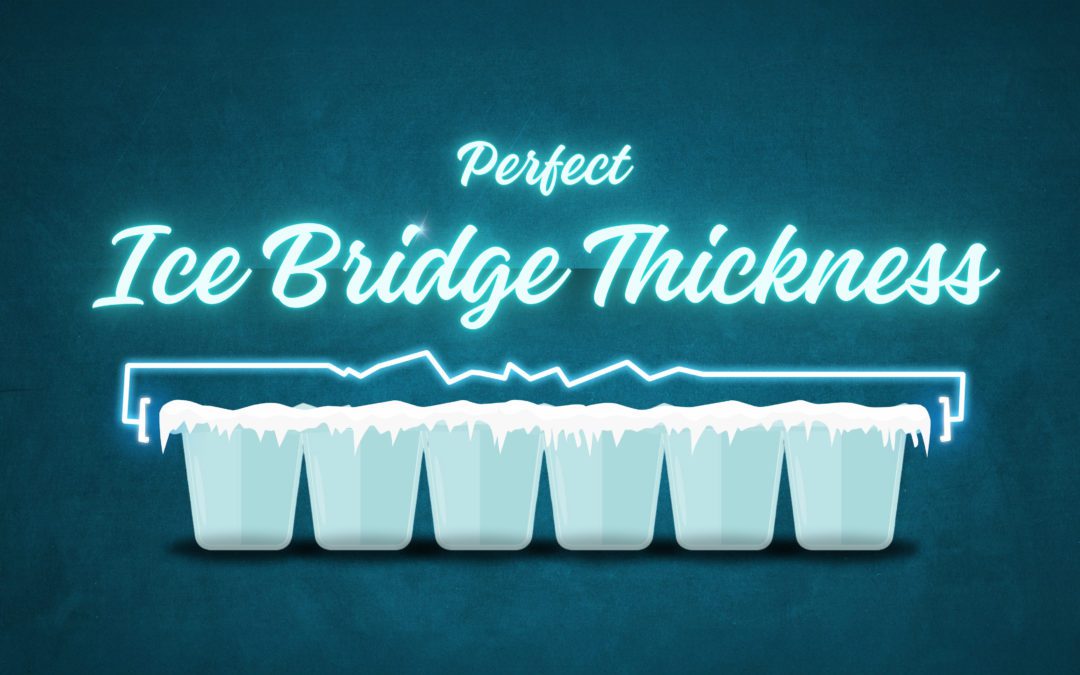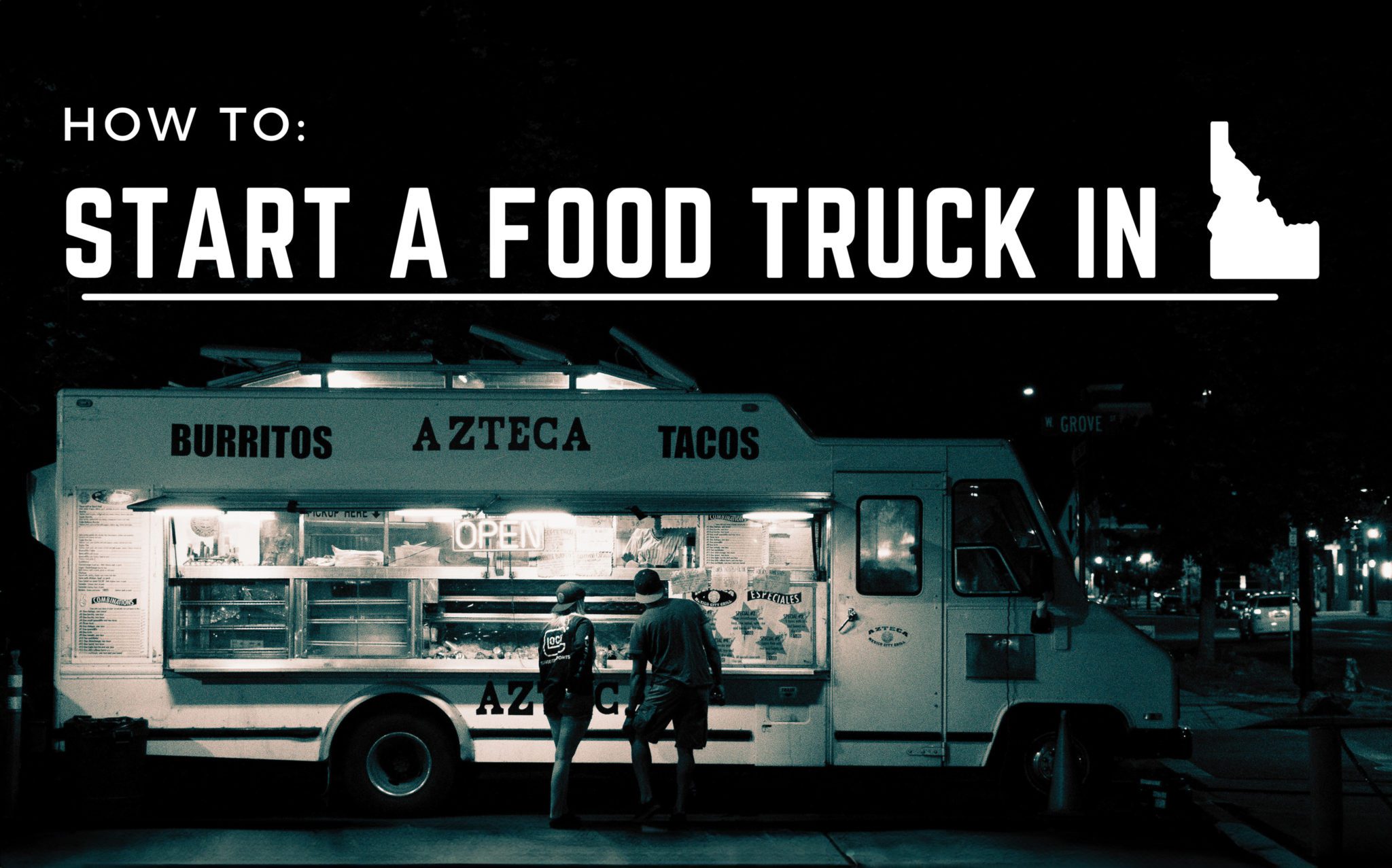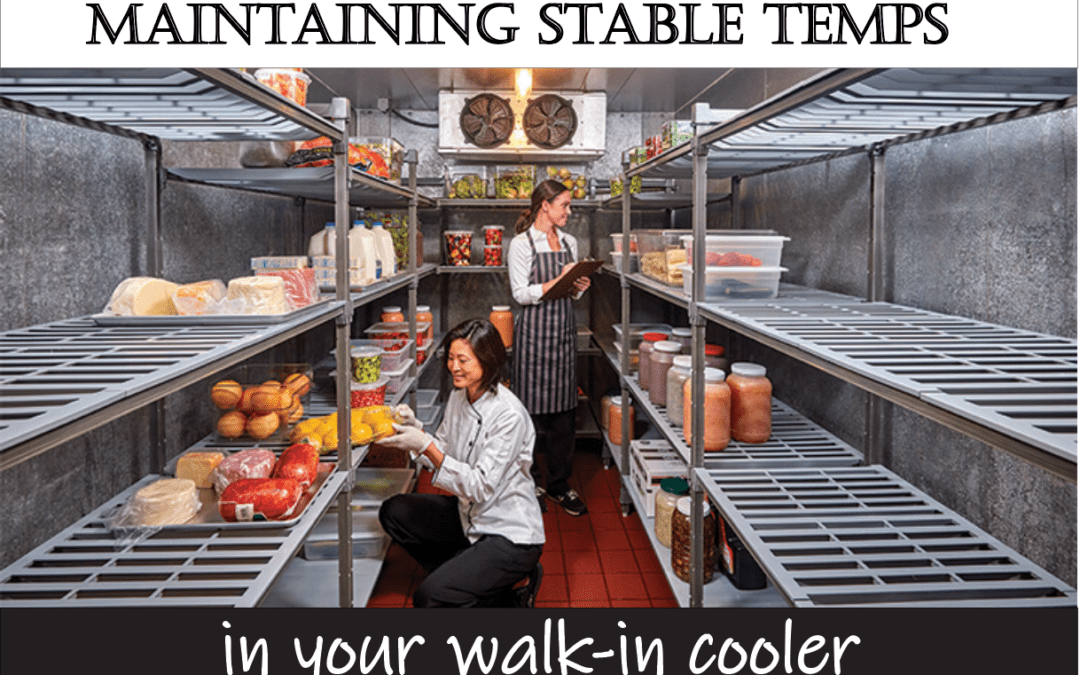
Maintain Stable Temperatures in Your Walk In Cooler
In the ever-bustling environment of a restaurant kitchen, the refrigerator or cooler is not just a storage space but a critical tool in ensuring food safety and quality. As foot traffic increases and hot food is continuously being added, the challenge of keeping temperatures stable becomes more pronounced. Here’s our guide on how to effectively manage and maintain stable temperatures in your restaurant kitchen cooler, especially as it continues to heat up this season:
- Organize for Efficiency: Efficient organization is key to maintaining stable temperatures. Arrange the cooler with designated areas for different types of food – raw meats, dairy, vegetables, etc. This helps in minimizing the time the door is open and ensures that items are stored appropriately to prevent cross-contamination.
- Regular Temperature Monitoring: Install a reliable thermometer inside the cooler and designate staff members to monitor temperatures regularly, especially during peak hours. The ideal temperature for a refrigerator is below 40°F (4°C). Check temperatures at least twice daily and record them in a log for health inspection compliance.
- Minimize Door Openings: Train staff to minimize the time the cooler door is open. Every time the door opens, warm air rushes in, causing the temperature to rise. Encourage staff to retrieve items efficiently and close the door promptly.
- Pre-Cool Hot Foods: When adding freshly prepared hot food to the cooler, ensure it has been cooled to room temperature before storage. Hot food will raise the internal temperature of the cooler significantly, potentially compromising other perishable items. Use shallow pans for quicker cooling and rotate food items to ensure even cooling.
- Maintain Air Circulation: Proper air circulation within the cooler is crucial for maintaining consistent temperatures. Avoid over-packing the cooler, which can block air vents and impede airflow. Use wire shelves or pallets to elevate items off the floor and allow cold air to circulate freely around them.
- Check Door Seals and Gaskets: Inspect the door seals and gaskets regularly to ensure they are clean and free from damage. Loose or damaged seals can cause air leaks, leading to temperature fluctuations. Replace seals promptly if they show signs of wear and tear.
- Consider Backup Cooling Solutions: During periods of high demand, consider using additional cooling solutions such as portable coolers or blast chillers to manage overflow and maintain stable temperatures in the main cooler. These can help alleviate strain on the primary cooler and prevent temperature spikes.
- Train Staff on Temperature Control: Proper training is essential for all kitchen staff involved in handling food and using the cooler. Educate them on the importance of temperature control, proper storage practices, and the impact of temperature fluctuations on food safety. Encourage a culture of vigilance and responsibility.
- Implement a Maintenance Schedule: Regular maintenance of refrigeration equipment is crucial for optimal performance. Schedule routine inspections and servicing by qualified technicians to check for refrigerant leaks, clean coils, and ensure all components are functioning correctly. Address any issues promptly to prevent breakdowns during peak times.
- Document Procedures and Policies: Document standard operating procedures (SOPs) for temperature control and cooler management. Include protocols for temperature monitoring, food storage rotation, cleaning schedules, and emergency procedures. Ensure all staff are familiar with these procedures and can follow them consistently.
By implementing these strategies and maintaining a more proactive (opposed to just reactive) approach to cooler management, restaurants can effectively keep temperatures stable and ensure the safety and quality of stored food, even during periods of high activity and fluctuating demands. Summer temperatures bring a wave of warmth into the kitchen which makes it essential to take extra efforts in keeping their coolers cool enough. Consistency in temperature control not only enhances food safety but also contributes to overall operational efficiency and customer satisfaction.
Keep checking back for more kitchen-friendly tips and tricks, and then follow us on social media to check out what we’re up to! And how we’re staying cool in this heat, of course.
